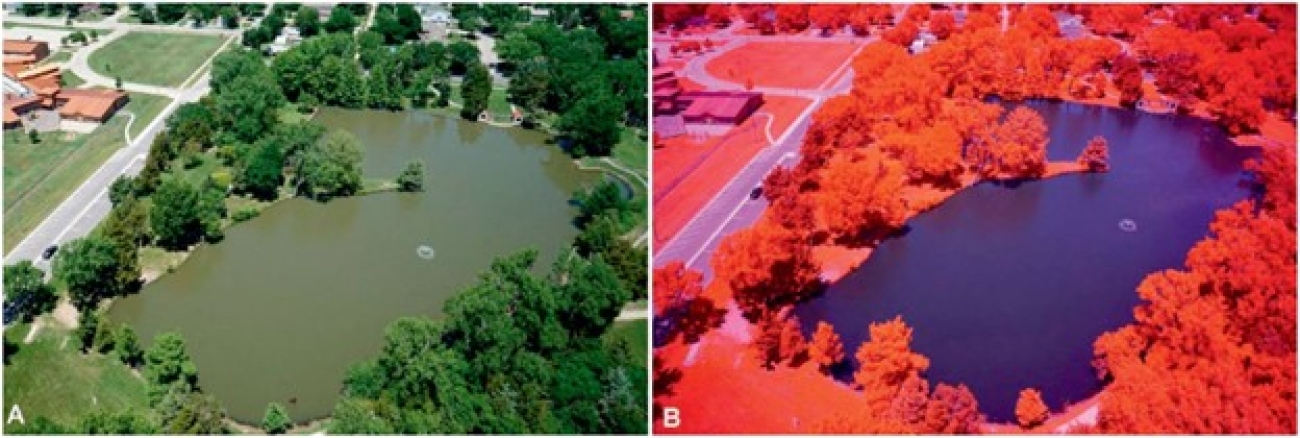Satellites are employed with remote sensing systems to determine the surface temperature of the land and sea as well. There are many common applications of thermal detection, such as forest fire detection, finding water sources, climate research, and civil and agricultural planning. Most satellite sensors measure the Earth’s surface temperature at 10 µm wavelength because it is the optimum band for this purpose. Earth observation satellite Sharjah-Sat-2 will be equipped with such sensors to support advancing vital and advanced projects in Sharjah by offering high-resolution hyperspectral images in visible and near-infrared bands.
Using sensors that identify temperature and emissivity variations between water and contaminants, thermal infrared remote sensing may evaluate water quality and pollution in addition to the land surface temperature, volcanic activity, and fire occurrences. Thermal stratification is a useful technique that can be used to determine the pollution amount and water quality using thermal infrared remote sensing. Additionally, by employing sensors that record the high-temperature fingerprints of active flames and burned areas, thermal infrared remote sensing may identify and map fire occurrences and aid in assessing air quality. On the other hand, certain difficulties and restrictions can compromise its precision, dependability, and suitability. As a result, it can calculate the land surface temperature by utilizing sensors that identify various wavelength bands in which radiation from the land surface is released. Comparative visual pictures could be used to support the infrared data to overcome this limitation. In the near future, AI can be used intensively to identify infrared images and match the 10 µm wavelength data with different spectra.
Finally, regarding temperature, energy, and composition of many materials and processes, infrared radiation is intended for use in various applications, including networking and communications, wired and wireless operations, near-infrared remote controls, and data transmission via fiber optic cables.



